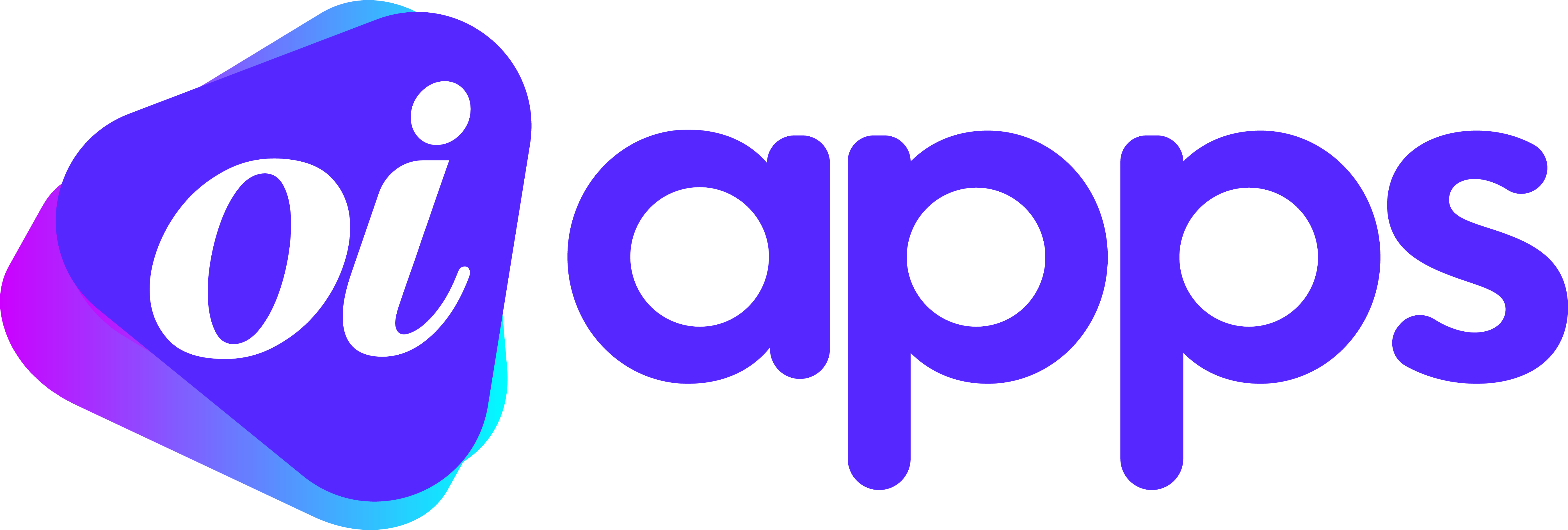First of all, it is worth noting that diabetes is a chronic condition that requires constant attention to control blood glucose levels.
Traditionally, measuring glucose requires the use of a specialized device, such as a glucometer, which requires frequent finger pricks to obtain a small sample of blood.
However, technological advances have driven the development of mobile health apps that can help people with diabetes measure their glucose levels in a more convenient and less invasive way, using only their cell phone.
Today we will look at the benefits and functionalities of these applications, as well as their challenges and limitations.
Benefits of mobile glucose measurement apps:
Convenience: Firstly, apps allow users to measure their glucose anytime, anywhere, using just their cell phone, without the need to carry a separate glucometer.
Less invasiveness: Secondly, when using a cell phone to measure glucose, there is no need to prick the finger, which can make the process less painful and more comfortable for the patient.
Accurate records: Apps often provide logging features, allowing users to store and track the results of their measurements over time. This can help with effective disease monitoring.
Data sharingSome apps allow users to share their glucose data with health professionals, enabling better monitoring and advice.
Functionality of mobile glucose measurement apps:
Continuous glucose sensorSome apps are integrated with continuous glucose sensors (CGM), which provide real-time glucose measurements directly to the cell phone. This allows constant, up-to-date monitoring of glucose levels.
Analysis and graphicsApplications can provide analysis and graphs of glucose data over time, helping users to identify patterns and trends.
Alarms and remindersMany apps have alarm and reminder features to help users take regular glucose measurements and remind them to take medication if necessary.
Education and supportSome apps offer education and support resources, providing relevant information about diabetes and tips for managing the disease.
Challenges and limitations of mobile glucose measurement apps:
PrecisionThe accuracy of the apps is still a challenge, as some studies have shown that they can have discrepancies compared to traditional glucometers.
Calibration required: Some applications require calibration with a separate glucose meter to ensure more accurate measurements.
Dependence on cell phones: As the apps work on mobile devices, the availability of a cell phone with a charged battery is essential to use them.
Reliable connectivityThe reliability of the connection between the glucose sensor, the app and the cell phone can be a challenge, and interruptions in connectivity can result in data loss or incorrect operation.
Step-by-step instructions for downloading and using glucose measurement apps
Controlling diabetes is fundamental to maintaining good health and avoiding complications associated with the condition.
Smartphone apps can be useful tools for managing diabetes, helping to control blood glucose levels, food intake, physical activity and medication.
Here is a general step-by-step guide to downloading and using apps that help control diabetes:
Step 1: Choose the application
1. Research and Evaluation: Start by searching online for recommended apps for diabetes management. Look for reviews or recommendations from other users and health organizations.
2. Compatibility: Check that the app is compatible with your smartphone's operating system (Android or iOS).
Step 2: Download the app to measure diabetes
1. Accessing the App Store: On your device, go to the Google Play Store (Android) or the Apple App Store (iOS).
2. Search: Use the search bar to locate the application you want to download.
3. Download and install: Select the application and click on "Install" or "Get". The application will be downloaded and installed automatically on your device.
Step 3: Initial configuration
1. Account creation: Some applications may ask you to create an account by providing an e-mail address and creating a password.
2. Personal Information: Enter information about your health, such as type of diabetes, medication, target blood glucose, etc.
3. Setting Reminders: Set reminders for glucose measurement, medication intake or physical activity, if available.
Step 4: Daily use of apps to measure diabetes
1. Blood glucose recording: Use the app to record your glucose levels as measured by your glucometer.
2. Food tracking: Some apps offer a food diary where you can record your meals and count carbohydrates.
3. Physical Activity Log: Keep a record of your physical activity, which can influence glucose levels.
Step 5: Analysis and Sharing
1. Reports: View reports and graphs that the app offers to better understand your glucose trends.
2. Sharing with your doctor: Some applications allow you to share your data with your doctor, which can be useful during your appointments.
Step 6: Customization and adjustments
1. Notifications: Adjust the app's notifications to suit your daily needs.
2. Changes to the Settings: As you become more familiar with the app, customize the settings to better suit your lifestyle.
Additional tips on apps for measuring diabetes
In addition, always keep the application up to date to take advantage of the latest features and security improvements.
Use an app that allows synchronization with other devices or platforms (such as glucometers or insulin pumps) for a more integrated experience.
Next, check for backup features so that your data isn't lost if you change phones or the app is accidentally removed.
Remember that each application has its own detailed instructions and interfaces. So take some time to familiarize yourself with your chosen application and make the most of its features.
Always consult your doctor or healthcare professional to discuss integrating the app into your diabetes management plan.
Conclusion on apps for measuring diabetes
In conclusion, mobile glucose measurement apps offer a convenient, accurate and less invasive alternative to diabetes control.
With their advanced functionalities and features, these apps have the potential to improve the quality of life of people with diabetes by facilitating continuous monitoring and self-care.
However, it is important to note that they do not replace regular medical consultations and the advice of health professionals.
It's essential that users consult their doctors before adopting any app or method for managing diabetes.

